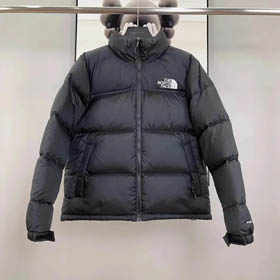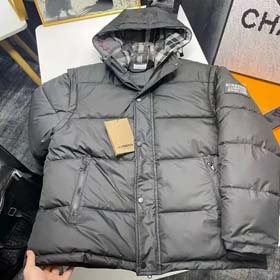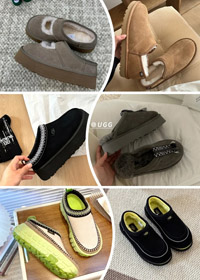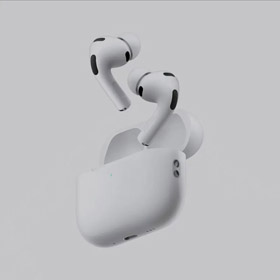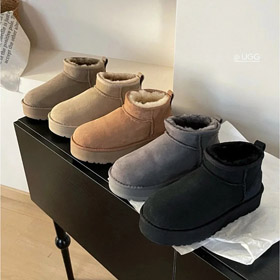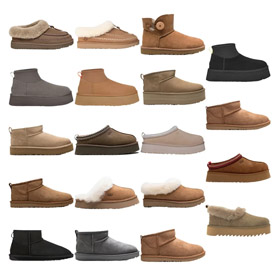How to Choose the Perfect Nike Yoga Gear Using kakobuy's Spreadsheet Analysis
Selecting the right yoga equipment can significantly enhance your practice. With kakobuy's comprehensive spreadsheet review system, you can now make data-driven decisions when purchasing Nike yoga gear. This innovative approach combines user feedback with practical experience to help you find products tailored to your needs.
The Power of Community-Driven Reviews
The kakobuy spreadsheet aggregates real user experiences with Nike yoga apparel and accessories. Key metrics include:
- Comfort ratings across different body types
- Stretchability for various yoga poses
- Moisture-wicking performance
- Durability through multiple washes
Unlike generic product descriptions, these firsthand accounts reveal how the gear actually performs during sessions.
Equipment Recommendations Based Experience Level
For Beginners
The system suggests Nike yoga mats with:
- 5mm thickness for joint protection
- Textured surfaces for secure grip
- Lightweight designs for easy transport
For Intermediate Practitioners
Recommendations focus on:
- Breathable fabrics for heated sessions
- Medium-density mats for balance poses
- Slim-fit tops that stay in place during inversions
For Advanced Yogis
The sheet highlights:
- Ultra-thin mats for ground connection
- Compression gear for muscle support
- Extra-tacky surfaces for arm balances
Optimizing Gear for Yoga Styles
| Yoga Type | Recommended Nike Gear |
|---|---|
| Hatha | Thick mat + loose-fit top |
| Vinyasa | Sweat-wicking outfit + travel mat |
| Hot Yoga | Mesh panels + microfiber towel |
| Restorative | Cushioned mat + soft wraps |
Smart Shopping for Better Practice
By leveraging kakobuy's analyzed data from real practitioners with similar needs, you can confidently select Nike yoga products that will Eliminate guesswork
